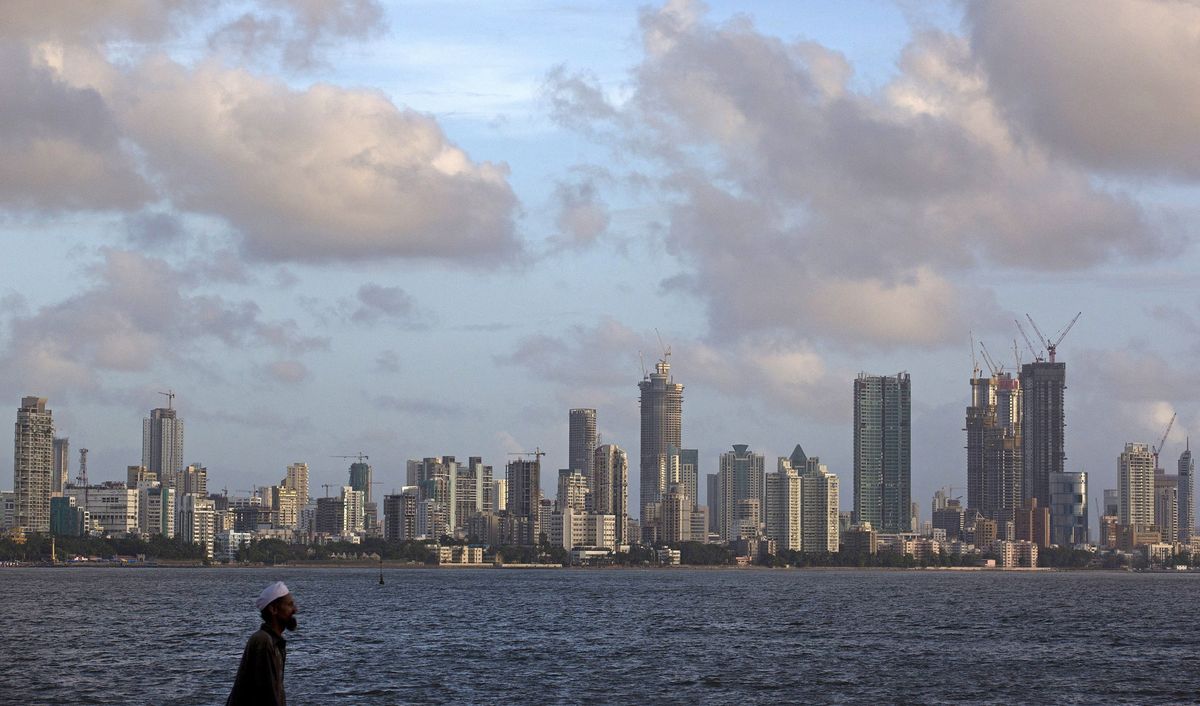“Make in India” still needs China
“Make in India” was all pumped up with new policies and truckloads of cash incentives, hoping to protect its own turf.

A few minutes every morning is all you need.
Stay up to date on the world's Headlines and Human Stories. It's fun, it's factual, it's fluff-free.
The backstory: India is on a mission to give China some serious competition in the manufacturing game. The world's most populated country has got this ambitious "Make in India" campaign launched by Prime Minister Narendra Modi in 2014. The goal? To turn heads, attract investments and give India the extra oomph it needs to be a global exporting powerhouse.
The nation is going all out with cash incentives, for example, waving around a massive US$6.7 billion for companies to sell smartphones made in India. Tech giants like Apple and Samsung have hopped on the bandwagon, opening giant retail stores and producing phones on Indian soil. It sounds like smooth sailing, but there’s a catch.
More recently: “Make in India” was all pumped up with new policies and truckloads of cash incentives, hoping to protect its own turf. But imports from China have been a party pooper, zooming past the billion-dollar mark to a jaw-dropping US$102 billion last year. It's a big deal because that's more rolling in from China than India's next two big resources, the UAE and the US, together. The whole thing is that even with stuff being produced in India more and more, manufacturers still rely on China for a lot of parts and raw materials to make it. Prime Minister Modi wanted India's manufacturing sector to contribute a solid 25% to the GDP, but it was only at 13% last year.
The development: Take, for example, Fun Zoo Toys, an Indian company that has made a name for itself in the toy industry. It started as a family business in 1979, and now it makes the heart-shaped cushions and "Little Ganesha" dolls that are super popular. Modi's "Made-in-India" campaign actually gave the company a massive boost. The campaign cranked up import duties on toys over three years, going from 20% all the way up to 70%. So you know what happened? The nation went wild for Indian-made toys, and Fun Zoo Toys was right in the sweet spot.
But, the company relies heavily on imports from China for essential stuff like metallic pins, integrated circuits and LEDs for its product line. So as it hustles to outshine its Chinese competitors and ramp up production, the toymaker becomes more and more dependent on Chinese imports for these vital parts.
So, at this point, it’s kind of a Catch-22 that the more India makes, the more materials it needs to import from China.
Key comments:
“We have just introduced electronic toys and the challenge we are facing is that mini toy motors used in that are not being made here,” said Naresh Kumar Gupta, who runs Fun Zoo Toys near New Delhi, to Bloomberg. “Making metallic pins which are fixed along with the gears and motors to make the rotations is a challenge here.”
“We certainly cannot claim the rise in exports of finished cell phones is evidence of India’s prowess in manufacturing,” said former Reserve Bank of India Governor Raghuram Rajan in a paper with two other economists. “Indeed, a key question is whether the 6% subsidy India pays on the finished mobile phone, coupled with state subsidies, actually outweighs the value added in India.”
“Getting hooked off China won’t happen because downstream industry is always going to prefer cheap imports that are coming in. It’s pure economics,” said Biswajit Dhar, a professor of economics at Jawaharlal Nehru University in New Delhi, to Bloomberg. “What China offers to companies, India can’t at this stage.”
“India has crossed a huge landmark in mobile phones with exports of US$11 billion in the past year,” said India’s technology minister Ashwini Vaishnaw at a news conference Wednesday last month. “We want to take this momentum forward.”




Comments ()